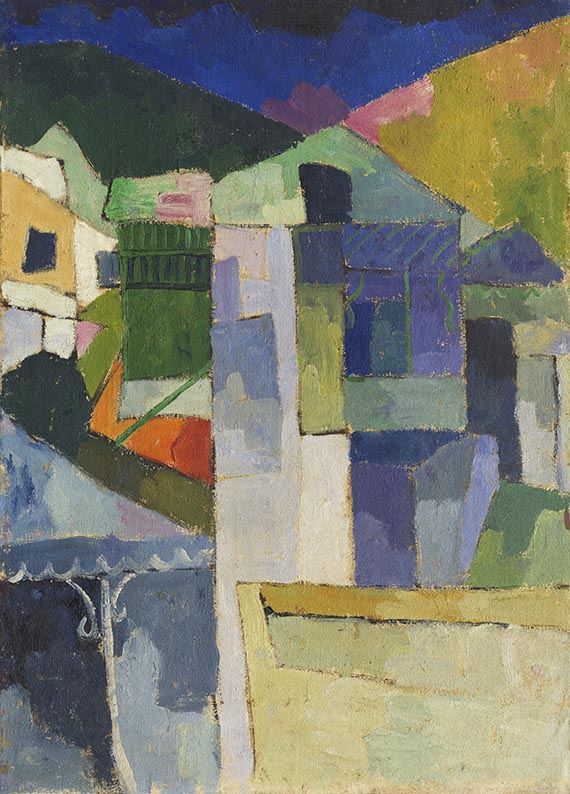Dictionary


High Renaissance
The stylistic transition into the High Renaissance took place between 1500 and 1530. This period was characterised by a consistent continuation of the theoretical and practical basis of artistic production established during the previous century.
In painting, artists tried to surpass the attempts at reproducing reality so strived for in the early Renaissance. Instead, they gave the highly idealised figures a supernatural beauty. Subject matter simultaneously became broader, extending beyond religious subjects to encompass portraits, nudes, and landscapes, which became new categories of art in their own right. Idealisation also became an important concept in sculpture, which was visible in the work of artists like Michelangelo (1475-1564). The proportions of his sculptures were based on detailed studies of nature and anatomy, but the body, its movement and muscle play, were transformed, in order to heighten expression to its maximum and demonstrate artistic creativity.
In architecture, attempts to create idealised and closed works were expressed in the centrally planned building. These structures had symmetrical, round, square or cross-shaped floor plans, a central cupola, and captivated with their balanced distribution of horizontal and vertical structural elements. The centres of the High Renaissance were Rome, and Venice. The main representatives of High Renaissance art were Michelangelo, Leonardo ad Vinci, Titian, Sebastian del Pombo, Raphael and Donato Bramante.
The stylistic transition into the High Renaissance took place between 1500 and 1530. This period was characterised by a consistent continuation of the theoretical and practical basis of artistic production established during the previous century.
In painting, artists tried to surpass the attempts at reproducing reality so strived for in the early Renaissance. Instead, they gave the highly idealised figures a supernatural beauty. Subject matter simultaneously became broader, extending beyond religious subjects to encompass portraits, nudes, and landscapes, which became new categories of art in their own right. Idealisation also became an important concept in sculpture, which was visible in the work of artists like Michelangelo (1475-1564). The proportions of his sculptures were based on detailed studies of nature and anatomy, but the body, its movement and muscle play, were transformed, in order to heighten expression to its maximum and demonstrate artistic creativity.
In architecture, attempts to create idealised and closed works were expressed in the centrally planned building. These structures had symmetrical, round, square or cross-shaped floor plans, a central cupola, and captivated with their balanced distribution of horizontal and vertical structural elements. The centres of the High Renaissance were Rome, and Venice. The main representatives of High Renaissance art were Michelangelo, Leonardo ad Vinci, Titian, Sebastian del Pombo, Raphael and Donato Bramante.
Offers
Headquarters
Joseph-Wild-Str. 18
81829 Munich
Phone: +49 89 55 244-0
Fax: +49 89 55 244-177
info@kettererkunst.de
Louisa von Saucken / Undine Schleifer
Holstenwall 5
20355 Hamburg
Phone: +49 40 37 49 61-0
Fax: +49 40 37 49 61-66
infohamburg@kettererkunst.de
Dr. Simone Wiechers / Nane Schlage
Fasanenstr. 70
10719 Berlin
Phone: +49 30 88 67 53-63
Fax: +49 30 88 67 56-43
infoberlin@kettererkunst.de
Cordula Lichtenberg
Gertrudenstraße 24-28
50667 Cologne
Phone: +49 221 510 908-15
infokoeln@kettererkunst.de
Hessen
Rhineland-Palatinate
Miriam Heß
Phone: +49 62 21 58 80-038
Fax: +49 62 21 58 80-595
infoheidelberg@kettererkunst.de
We will inform you in time.




